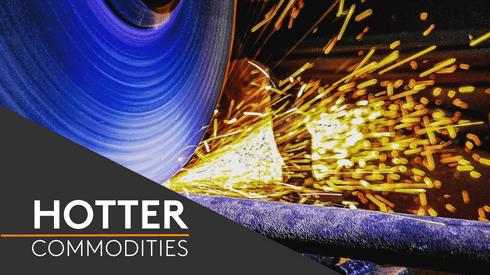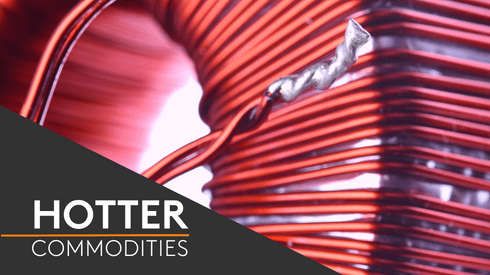1. Supply tightness likely to persist
An Inner Mongolia-based producer told Fastmarkets that, due to the rise in profit margin in 2023 following the soar in fluorspar prices, some major fluorspar producers with mining licenses have raised their production quotas entering the winter season.
“We are expecting the supply shortage to alleviate a bit in 2024,” the producer said. “But fluorspar supply is likely to remain tight due to strict mining policies and safety inspections. Entering winter, small-scale production sites without heating facilities have cut output to about 30% due to the extreme cold weather.”
Second only to Mexico, China’s fluorspar reserve has suffered over past years due to excessive mining, an issue the Chinese government has been targeting, along with crude production and underdeveloped downstream processing within the fluorspar market.
The Chinese government has been shutting down small-scale fluorspar mines to combine them into fewer operations with expanded output volumes, aiming to improve production efficiency and mitigate environmental impact, Fastmarkets heard.
The move was incentivized by regulations in the Mineral Resources Master Plan issued by China’s Ministry of Natural Resources at the end of 2022. The plan also limits the number of mining licenses to be issued.
Meanwhile, major mining accidents have also incurred frequent safety inspections that made it even more difficult to obtain mining rights, along with China’s call for a green economy, which spurred stringent environmental regulations over fluorspar production sites.
2. Demand from new energy sector stays strong
In addition to being used in refrigeration, fluorspar is also indispensable in the new energy and new materials sectors, such as in the production of lithium hexafluorophosphate, polyvinylidene fluoride (PVDF), graphite anode and photovoltaic panels.
Traders and producers in China are especially bullish about the growing market for fluorspar due to its pivotal role in the production of lithium-ion batteries for electric vehicles (EVs), sources told Fastmarkets, saying that the making of one new energy car requires about 45 kilograms of acidspar.
China Kings Resources Group, China’s largest fluorspar producer, said during an investor’s panel that the company expects worldwide demand for fluorspar from the new energy sector to exceed 5 million tonnes in 2030.
“Demand is also strong from the photovoltaic panels industry, since the production process needs large amounts of hydrofluoric acid,” a trader based in Henan told Fastmarkets, adding that new energy demand for fluorspar is increasing year by year.
The rapid development in the new energy and semiconductor sectors is likely to support the long-term demand for fluorspar, as well as its prices, according to an industry analyst.
3. Imports likely to rise again in 2024
China’s Ministry of Finance has released plans to cut down the import tax rate for fluorspar starting in January 2024, aiming to encourage imports of fluorspar-related products and increase stockpile, according its official announcement.
“It’s likely that we will see another steady rise of imports of fluorspar from countries such as Mongolia in 2024,” a trader based in Xiamen told Fastmarkets.
After the government added fluorspar onto its list of strategic mineral resources, China’s tightening control over fluorspar has also led to the decrease of fluorspar export.
According to official customs data, China’s export of fluorspar has been decreasing over the years while imports surged, especially in 2023 after China dropped its Covid lockdown measures, with Mongolia being the largest exporter to China.
Turning complex challenges into strategic advantage
Our ebook ‘Turning volatility into victory: Fastmarkets’ toolbox for battery producers in a shifting market‘, provides a state of the market by exploring four key, real-life scenarios and how Fastmarkets can offer practical, intelligible solutions.





